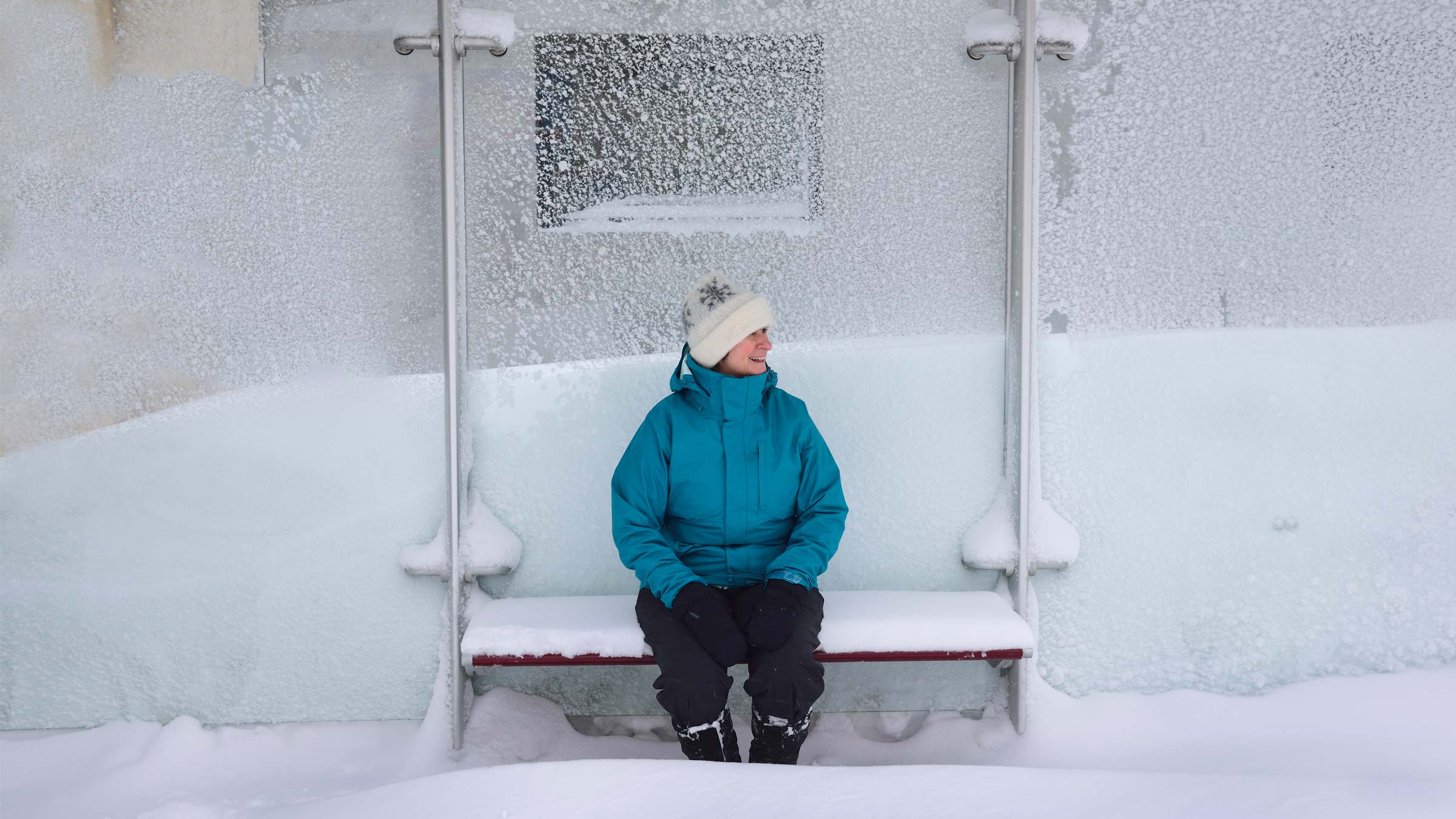
There is something to the saying that “there’s no such thing as ‘too cold’ — there’s only ‘not prepared enough.’”
If you’re not dressed well enough or prepared properly, hypothermia can set in even in temperatures in the 40s and 50s — it just happens very rarely because we’re usually adequately dressed for those temperatures.
Staying comfortable and safe in much colder temperatures is all about trapping warm air against your body, staying dry and layering against the elements.
Some of it might seem obvious, but it’s worth knowing how to optimize your comfort and stamina so that you can enjoy outdoor activities even in cold weather:
1. Stay dry
Make sure all clothes, especially gloves, mittens and shoes, are completely dry before you wear them in the elements. If you’re going to be in a position where snow, ice or water could get on your clothes, wear waterproof clothing.
This also applies to sweat. If possible, try to moderate your activity while you’re outside so that you don’t end up soaked from your own sweat. But if you know you’re going to be outside for a while and very active, wear clothes that wick fluid away from your body instead of fabrics like cotton, which soaks up water and retains it. Wool and some synthetic fabrics are better at pulling moisture away from the body and moving it to the outer surface to evaporate.
Once you’re wet, you’re significantly more prone to feeling cold. With sweat, you could feel warm as long as you’re very active, because of the metabolic heat produced from physical activity. But once you slow down, you’re left soaked and frigid.
2. Dress with the aim of trapping warm air pockets
Layering is ideal so that you can adapt to changing temperatures throughout the day or changing levels of activity. But it’s also best to wear layers that allow you to insulate yourself with warm air pockets. That’s what puffy down jackets and similar materials do to keep your body warm.
Wool and other fabrics that aren’t as airtight can make good layers, but they don’t trap air well and won’t be as comfortable against cold winds. In very cold weather, a mixture of different types of fabric layers is helpful.
When it comes to shoes, the best ones are those that have traction on the soles and give your feet a thick buffer from the cold ground, especially when worn with warm, dry socks.
3. Use the buddy system
If you’re going to spend prolonged time outside in a cold environment, having someone else there so that you can help watch each other is important. Even letting someone else know that you’re going to be outside for hours and when they can expect you to be back is a way to help ensure that you’re not left outside too long struggling in the cold if a medical emergency happens.
4. Don’t underestimate the cold when you’ve been drinking
We don’t see hypothermia often in the emergency department. When we do see it, though, it’s frequently because someone was intoxicated (with alcohol or another substance) and they got lost outside, underestimated the harshness of the elements or otherwise made a poor judgment call because of their altered state.
5. Know the signs of hypothermia
Frostbite, which is a cold injury to body tissue, is relatively easy to keep an eye out for — it has early symptoms of redness, numbness or pain on skin areas and is followed by loss of feeling and color. Hypothermia, though, can sometimes settle in without being noticed because it can come with cognitive symptoms.
The result of abnormally low body temperature, hypothermia can cause someone to be unable to think clearly or move well. Look for warning signs of confusion, exhaustion, difficulty speaking, shivering, sleepiness, slurred speech, stiff muscles and/or drowsiness. If you notice those signs in yourself or in someone else, check your/their temperature. If it’s below 95 degrees, immediate medical attention is needed.
6. Check the forecast
I know. This seems really obvious, but it must be said. Especially in the Midwest, temperatures can change wildly in the course of a day. Knowing the forecast before you leave the house in the morning can make a huge difference later on in your comfort level, if not your safety.

When an emergency strikes, turn to The Ohio State University Wexner Medical Center’s full-service, state-of-the-art emergency departments
Our facilities are equipped to handle any medical emergency.
Find a location near you




